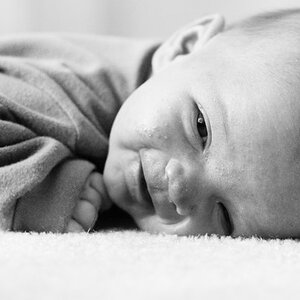Anthonykuziaphotography
TPF Noob!
- Joined
- Feb 28, 2018
- Messages
- 3
- Reaction score
- 0
- Can others edit my Photos
- Photos OK to edit
Hi,
I am just starting out and looking for some advice for headshots. I was asked to do headshots for a professional organization. This would be my first job on a large scale. They are looking to have headshots done at their conference. It is going to be 50-70 people. What do you recommend charging? Do I charge per headshot or do a price per hour? What is the average going rate for a headshot for a someone beginning in the business? Amy help or feedback is greatly appreciated. Thanks
Anthony
I am just starting out and looking for some advice for headshots. I was asked to do headshots for a professional organization. This would be my first job on a large scale. They are looking to have headshots done at their conference. It is going to be 50-70 people. What do you recommend charging? Do I charge per headshot or do a price per hour? What is the average going rate for a headshot for a someone beginning in the business? Amy help or feedback is greatly appreciated. Thanks
Anthony


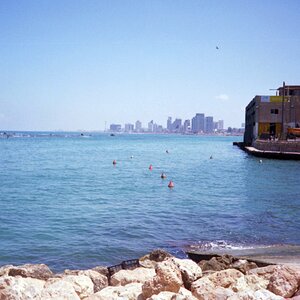
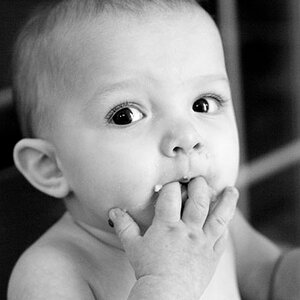

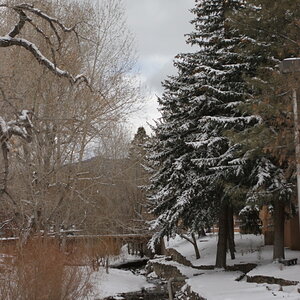

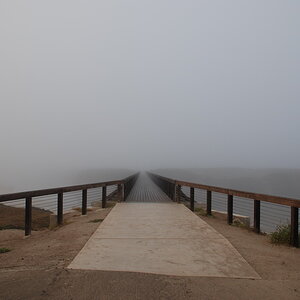
![[No title]](/data/xfmg/thumbnail/38/38731-d96a4449258a238d3de11f3c4adffc36.jpg?1619738702)
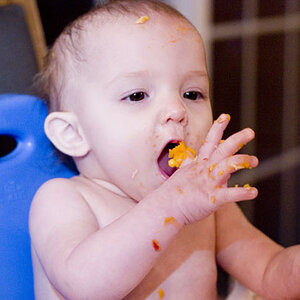

![[No title]](/data/xfmg/thumbnail/38/38733-21217cf4fc7d197a2f8b1e0e2d17b5a5.jpg?1619738703)
![[No title]](/data/xfmg/thumbnail/38/38732-8364f5190d3f325e8ee02d23404a610c.jpg?1619738703)
